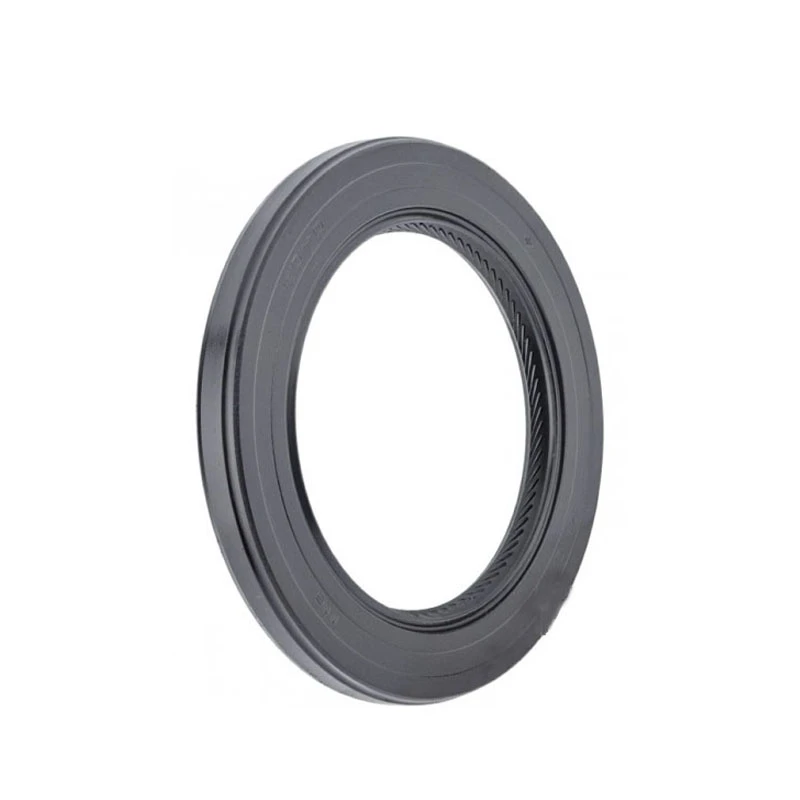Understanding the Importance and Applications of Seal Rings in Mechanical Systems
The Importance and Functionality of Seal Rings
Seal rings, often referred to as sealing rings or O-rings, are essential components in various mechanical systems. They play a crucial role in ensuring airtight and watertight seals in an array of applications, from household appliances to industrial machinery. This article delves into the significance, types, applications, and maintenance of seal rings, emphasizing why they are vital for efficient mechanical performance.
What are Seal Rings?
Seal rings are circular pieces of material that create a barrier between two surfaces. Typically made from rubber, elastomers, or other flexible materials, they compress when installed between components. This compression fills gaps and prevents the passage of fluids or gases, thus mitigating leaks. The primary function of a seal ring is to contain substances within a system while also protecting its inner workings from external elements.
Types of Seal Rings
There are various types of seal rings designed to meet different operational requirements. The most common include
1. O-Rings These are the most widely used type of seal ring, offering excellent sealing capabilities in both static and dynamic applications. They are suitable for a variety of fluids and gases and are available in numerous materials to withstand specific environmental conditions.
2. Backup Rings Used in conjunction with O-rings, backup rings prevent the O-rings from extruding under high pressure. They are especially important in high-pressure applications where traditional O-rings may fail.
3. V-Rings These are flexible seals that are primarily used in rotary applications. They are designed to maintain contact with a shaft while effectively sealing against contaminants and retaining lubricants.
4. U-Cups Shaped like a U, these seals are mainly used in hydraulic systems. Their design allows for efficient sealing while accommodating movement in different directions.
5. Quad Rings These have a four-lobed configuration and can offer improved sealing capabilities compared to standard O-rings, especially in dynamic applications.
Applications of Seal Rings
Seal rings find their applications across a wide spectrum of industries
seal ring

- Automotive In vehicles, seal rings are used in engines, transmissions, and braking systems. They ensure that fluids like oil and brake fluid do not leak, contributing to the overall efficiency and safety of the vehicle.
- Aerospace In the aerospace industry, seal rings are critical for the performance of fuel systems, hydraulic systems, and environmental control systems where preventing leaks is paramount for safety and functionality.
- Manufacturing In manufacturing machinery, seal rings are essential components in pumps, compressors, and valve systems, facilitating efficient operation by preventing contamination and loss of pressure.
- Household Appliances Everyday appliances, such as washing machines and dishwashers, utilize seal rings to prevent leaks that can cause water damage.
The Importance of Proper Maintenance
While seal rings are designed for durability, they can degrade over time due to factors such as wear, temperature fluctuations, chemical exposure, and improper installation. Regular maintenance is crucial to ensuring their longevity and optimal performance. Here are some essential maintenance practices
1. Routine Inspections Regular checks can help identify any signs of wear and tear, corrosion, or deformation. Early detection can prevent significant failures and extend the service life of the sealing components.
2. Replacement Schedule Depending on the application and environmental factors, establishing a replacement schedule for seal rings can prevent unexpected breakdowns.
3. Correct Installation Following the manufacturer’s guidelines during installation is vital. Incorrect installation can lead to premature failure, leading to costly repairs and downtime.
4. Material Selection Using the right material for the specific application is crucial. Different fluids, temperatures, and pressures may require unique materials to ensure effective sealing.
Conclusion
Seal rings are fundamental components in various mechanical systems, providing essential sealing solutions that enhance efficiency and safety. Understanding their types, applications, and maintenance is vital for maximizing the performance of equipment across many industries. As technology advances and new materials are developed, the role of seal rings will continue to evolve, driving improvements in reliability and functionality in mechanical systems worldwide.
-
Understanding the Front Main Engine Seal: Purpose, Maintenance, and Installation
News Jul.29,2025
-
Understanding O-Rings and Seal Rings: Types, Applications, and Custom Solutions
News Jul.29,2025
-
Understanding Crankshaft Oil Seals: Rear Seals, Pulley Seals, and Their Role in Engine Integrity
News Jul.29,2025
-
The Importance of Front and Rear Crankshaft Seals in Engine Performance and Oil Management
News Jul.29,2025
-
Crank Oil Seals: Functions, Types, and Cost Considerations in Engine Maintenance
News Jul.29,2025
-
A Comprehensive Guide to O-Rings and Seals: Types, Materials, and Global Applications
News Jul.29,2025
-
Mastering Diesel and Performance Engine Maintenance: A Guide to Critical Oil Gaskets
News Jul.28,2025
Products categories















